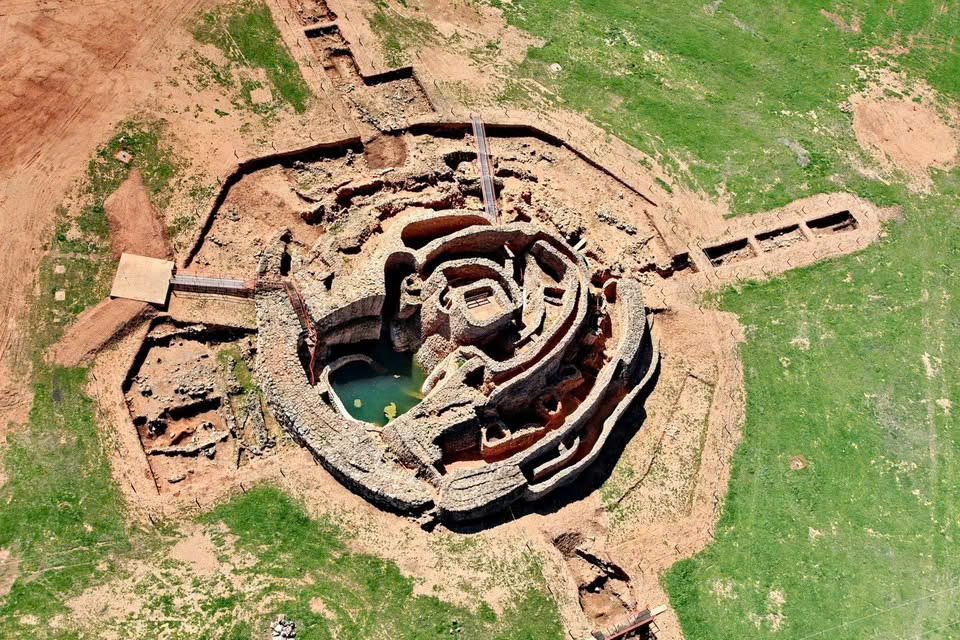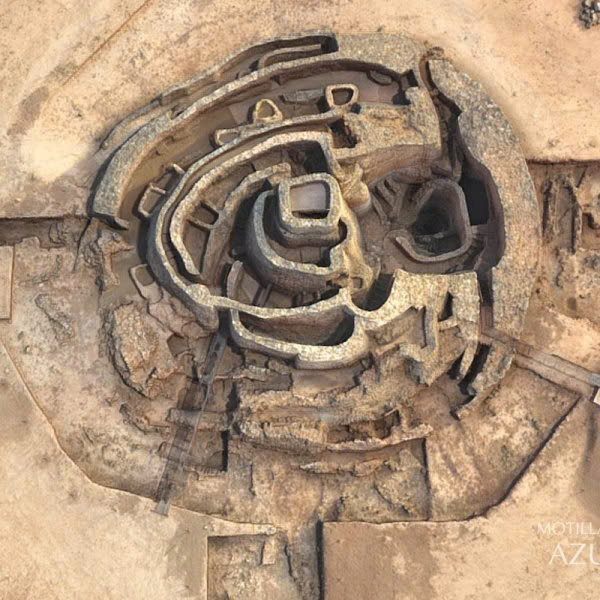Unveiling a Prehistoric Water Management Marvel

In the heart of Ciudad Real, Spain, an extraordinary archaeological site whispers tales of human resilience and technological brilliance. La Motilla del Azuer stands as a testament to the extraordinary engineering capabilities of Bronze Age societies, offering a profound glimpse into how our ancestors confronted one of humanity’s most critical challenges: water survival.
The Oldest Well of the Iberian Peninsula

Dating back to 2200–1500 BCE, this archaeological marvel boasts the Iberian Peninsula’s oldest documented well. Located near Daimiel, the site reveals a groundbreaking hydraulic system designed to extract groundwater in an unforgivingly arid environment. This was no mere hole in the ground, but a sophisticated infrastructure that demonstrated remarkable technical prowess.
A Multifunctional Sanctuary of Survival

The motilla was far more than a water source. It functioned as:
- A strategic warehouse for essential supplies
- A protective shelter during times of conflict
- A community gathering center
These multifaceted features illuminate the strategic thinking of prehistoric inhabitants, showcasing their ability to adapt and thrive in challenging landscapes.
Confronting Climate Challenges: A 4,000-Year-Old Solution

The hydraulic system at La Motilla del Azuer represents more than an archaeological curiosity—it’s a visionary response to environmental challenges. By developing innovative water management techniques, these ancient people demonstrated a level of foresight that resonates powerfully with contemporary discussions about climate adaptation.
Technical Mastery in an Unforgiving Landscape

What makes this site truly remarkable is how its inhabitants transformed a harsh, dry environment into a sustainable living space. Their water management system wasn’t just about survival; it was a complex, organized approach to resource conservation that reflected deep technological understanding.
A Timeless Lesson in Human Resilience

La Motilla del Azuer offers more than historical insights—it provides a compelling narrative about human adaptability. In a world increasingly concerned with water scarcity and climate change, this Bronze Age site reminds us that innovative thinking and collaborative effort can overcome seemingly insurmountable environmental challenges.
As we face our own ecological uncertainties, the story of La Motilla del Azuer stands as a powerful testament to human ingenuity, resilience, and our enduring capacity to innovate in the face of adversity.

